List of radiation accidents

When people are asked about the accident at a nuclear power plant, most of them immediately recall the tragedy at the Chernobyl nuclear power plant and at Fukushima .
This article contains the most serious incidents at nuclear power plants all over the world.
WiKi
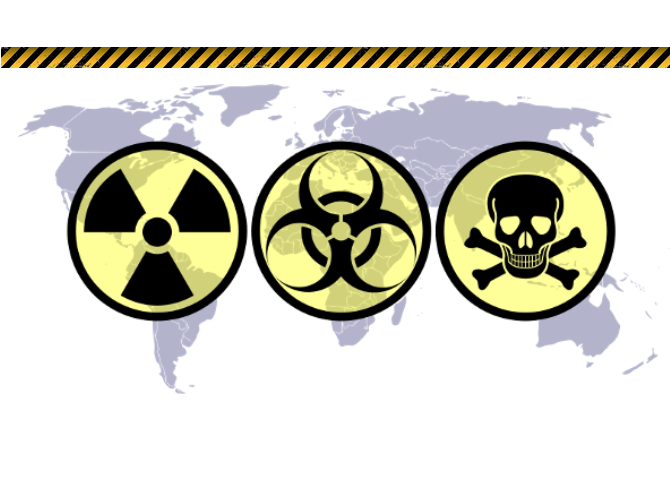
Emergency cases associated with radiation emissions are classified according to the INES IAEA scale at one of the eight levels. The spread of radioactivity is classified on this scale from 2 to 7 levels, large levels correspond to greater danger. Thus, the risk of exposure to the population occurs only at levels of INES 4 and above.
List of radiation accidents
- December 12, 1952 - Accident in the Chok-River Laboratory - Canada - INES 5
- September 29, 1957 - Kyshtym accident - USSR - INES 6
- October 10, 1957 - Accident in Windscale - United Kingdom - INES 5
- 1960, 1961 - K-8 (submarine) - the USSR
- July 4, 1961 - K-19 - USSR
- 1965 - K-11 - USSR
- January 17, 1966 - An air crash over Palomares on January 17, 1966 - Spain
- January 21, 1968 - A plane crash over the base of Thule - Greenland
- May 24, 1968 - K-27 - USSR
- January 18, 1970 - Radiation Accident at the Krasnoye Sormovo Plant
- October 2, 1974, August 24, 1978 - Nuclear explosions in Yakutia - the USSR
- January 24, 1978 - Space-954
- March 28, 1979 - Accident at Three Mile Island NPP - USA - INES 5
- 1980 - Saint-Laurent des-Ours - France - INES 4
- 1983 - Cosmos-1402 - USSR
- August 10, 1985 - Radiation accident in the Chazhma Bay - USSR
- April 26, 1986 - Accident at the Chernobyl Nuclear Power Plant - USSR, - INES 7
- May 4, 1986 - Breakdown of the fuel rod delivery mechanism. Attempts by the operator to remedy the situation led to the destruction of the reactor vessel and a large release of radiation - Hamm-Centrop, Germany
- 1989 - Fire at the Vandelos NPP - Spain - INES 3
- 1993 - Accident at the Siberian Chemical Combine - Russia - INES 3 [source not specified 1371 days] or INES 4 [1] [2]
- September 30, 1999 - Accident at the Tokaimura nuclear facility - Japan - INES 4
- 2005 - Sellafield - England - INES 3
- 2006 - Fleurus (2006)
- 11 March 2011 - Accident at Fukushima-1 nuclear power plant - Japan - INES 7
Other cases of radioactive contamination
- Since 1949 - Techa - the USSR
- Since October 1951 - Lake Karachay - the USSR
- 1980-1989 - Radioactive contamination in Kramatorsk - USSR
- 1987 - Radioactive contamination in Goiania - Brazil - INES 5
- 1985-1987 - Therac-25 - USA and Canada
December 12, 1952. Canada, Ontario, Chalk River, NRX
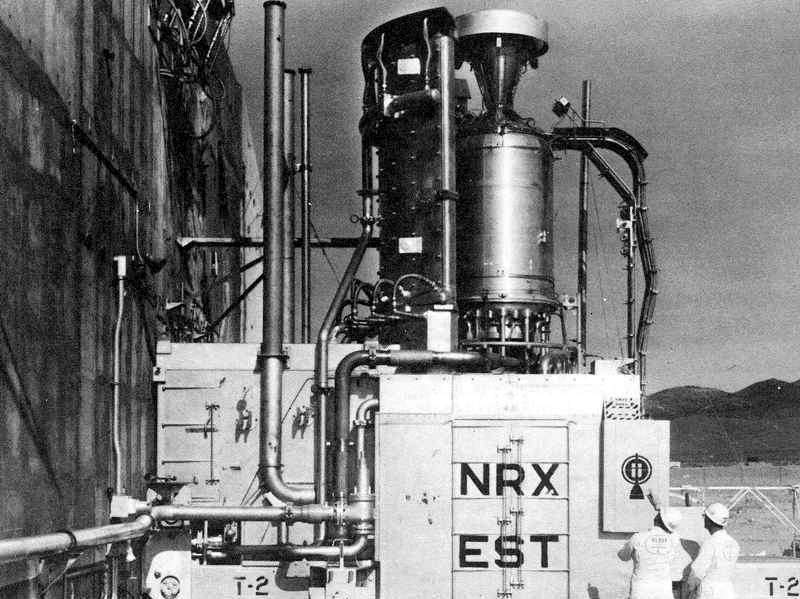
The world's first serious accident at the nuclear power plant. The technical error of the personnel led to overheating and partial melting of the core. Thousands of curies of fission products have got into the external environment and about 3800 cubic meters of radioactively contaminated water was dropped directly to the ground, into small trenches near the Ottawa River. The future US president Jimmy Carter, then the nuclear engineer of the navy (The Careless Atom, 1969), worked as a member of the team involved in environmental cleaning of the station's territory.
October 5, 1966. USA, Michigan, Newport, Enrico Fermi NPP
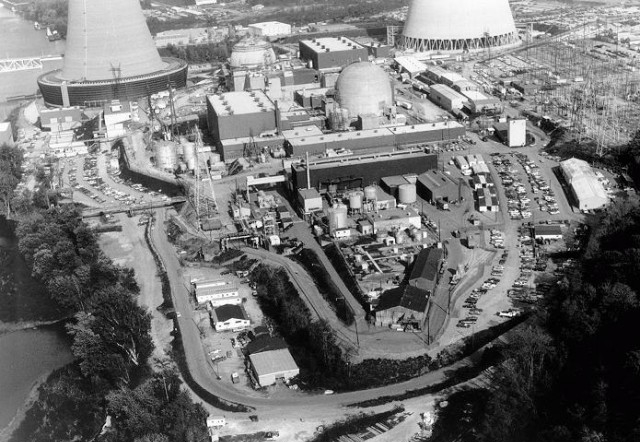
The accident in the cooling system of the experimental nuclear reactor caused partial melting of the core. The staff managed to stop it manually. It took a year and a half to restart the reactor at full capacity (Let the Facts Speak, 1992).
October 17, 1969. France, Saint-Lauren NPP
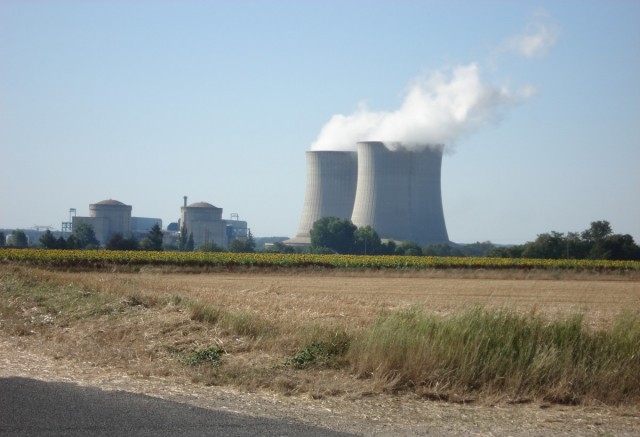
When the fuel was reloaded on the operating reactor, the operator erroneously loaded into the fuel channel a heat regulating device, not a fuel assembly, but a device for regulating the flow of gases. As a result of melting of five fuel elements about 50 kilograms of molten fuel got into the reactor vessel. There was a release of radioactive products into the environment. The reactor was stopped for one year (Soloviev, 1992; Weaver, 1995).
March 20, 1975. USA, Alabama, Decatur, Braune Ferry NPP
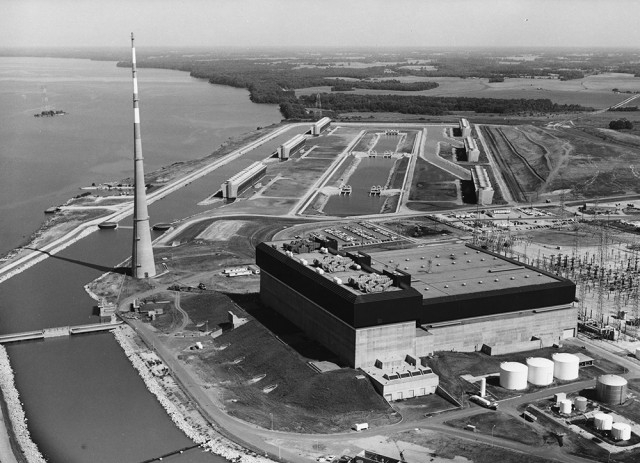
A fire at one of the largest American nuclear power plants, lasting 7 hours and causing direct material damage of $ 10 million. Two reactor blocks were put out of action for more than a year, which caused additional losses of another $ 10 million. The cause of the fire was the failure to comply with safety measures during work on sealing cable entries that passed through the wall of the reactor hall. The verification of this work was carried out in the most primitive way; On the deviation of the flame of a burning stearin candle. As a result, ignition of insulation materials of cable holes occurred, and then the fire penetrated the reactor room. It took a lot of effort to bring the reactor to a trouble-free regime and to eliminate the fire (Saveliev, 2003, List of nuclear accidents, 2004).
November 30, 1975. USSR, Sosnovy Bor, Leningrad NPP
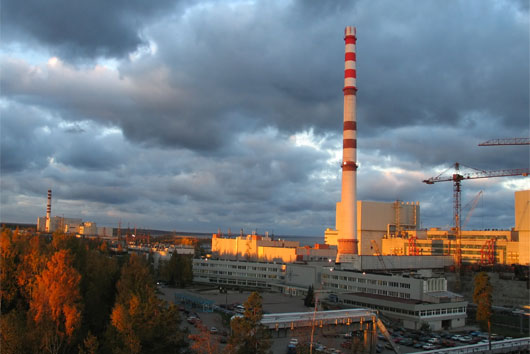
There was an accident with the release of a large number of radioactive substances. The reason for this was the melting of several fuel elements in one of the technological channels, which led to partial destruction of the reactor core of the first power unit. In the external environment, 1.5 million Cu of radioactivity were ejected. Residents of adjacent territories were not notified of the danger. This was a third-level incident on the INES scale (Medvedev, 1989, Belluna, 2004).
January 5, 1976. Czechoslovakia, Jaslovske Bohunice, Bohunice NPP
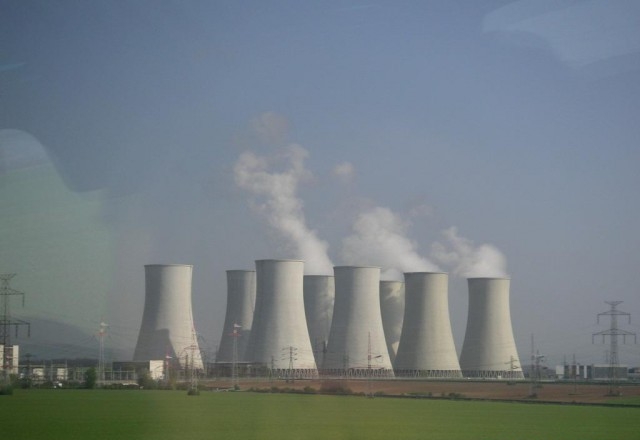
There was an accident related to fuel overload. With the extensive leakage of "hot" radioactive gas, two workers of the station were killed. Emergency exit, through which they could leave the place of emergency, was blocked (to "prevent frequent cases of theft"). The population was not warned about the emergency release of radioactivity (Let the Facts Speak, 1992).
February 22, 1977. Czechoslovakia, Jaslovske Bohunice, Bohunice NPP
Accident when loading nuclear fuel at the first power unit of the station. With a fresh fuel assembly, the protective coating has not been removed, as a result of this, partial melting, rupture of the process channel and leakage of heavy water occurred. Further rapid increase of humidity in the primary circuit system resulted in damage to fuel elements in the reactor core and contamination of this circuit by fission products. The internal reactor devices also proved to be damaged.
After this accident, it was decided to stop the operation of the plant, since the repair of equipment to restore its performance was deemed too costly. In 2004, residents of the town of Jaslovske Bohunice filed a lawsuit against the state and demanded compensation for damages caused by the accident at the nuclear power plant in 1977, in the amount of 50 million euros. The municipality of the city put forward its demands. Its experts believed that the accident led to a sharp drop in land prices and adversely affected agricultural activities in this area (List of nuclear accidents, 2004).
December 31, 1978. USSR, Sverdlovsk region, Zarechny settlement, Beloyarsk NPP
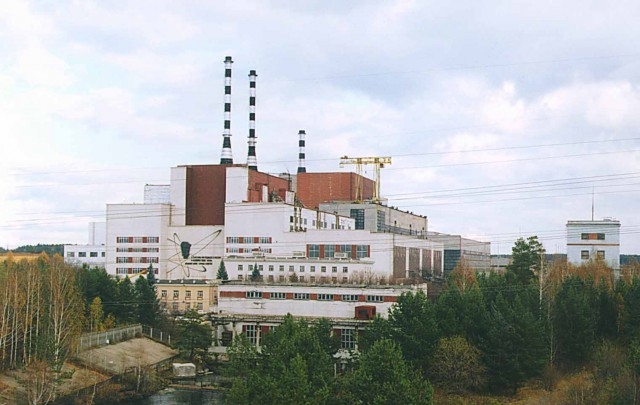
A fire at the second power unit of the nuclear power plant, which arose from the fall of the floor plate of the engine room to the turbo-generator oil tank. The entire control cable has burnt out. The reactor was uncontrolled. When supplied with emergency cooling water, eight people overreached (Kuznetsov, 2000).
March 28, 1979. USA, Pennsylvania, Harrisburg, "Three Mile Island" NPP
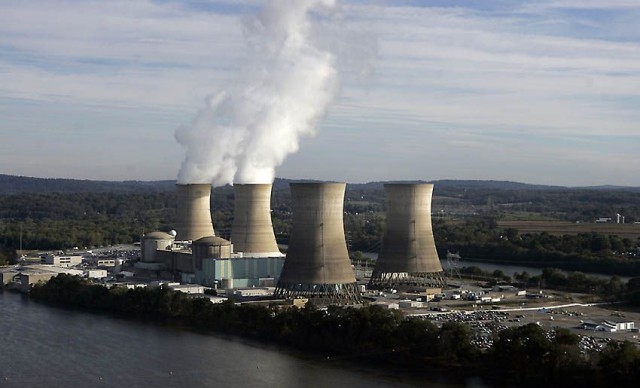
The largest accident in the history of US nuclear power. As a result of a series of equipment failures and operator errors, the second power unit of the nuclear power plant melted 53 percent of the reactor core. What happened was like a "domino effect". At first, the water pump went bad. Then, due to the interrupted supply of cooling water, uranium fuel melted and went beyond the envelopes of the fuel assemblies. The resulting radioactive mass destroyed most of the core and nearly burned the reactor vessel. If this happened, the consequences would be catastrophic. However, the station personnel managed to restore the water supply and lower the temperature. During the accident, about 70 percent of the radioactive fission products accumulated in the core were transferred to the coolant of the primary circuit. The exposure dose rate inside the enclosure in which the reactor and the primary circuit system were enclosed reached 80 R / h. There was an emission of inert radioactive gas - xenon, as well as iodine - into the atmosphere. In addition, 185 cubic meters of low-radioactive water were dropped into the Saskugan River. Of the area exposed to radiation exposure, evacuated 200 thousand people. The inhabitants of Dauphin County, living near the nuclear power plant, suffered the most. Severe negative consequences were delayed for two days by a decision on the evacuation of children and pregnant women from the 10-kilometer zone around the nuclear power plant. The clean-up of the second power unit, almost completely destroyed as a result of the accident, took 12 years and cost $ 1 billion, which effectively bankrupted the company-owner of the station (The Report of the President's Commission, 1979; The Greenpeace Book of the Nuclear Age, 1989; The Tribune-Review, 2004).
March 8, 1981. Japan, Fukui Prefecture, Tsugura City, "Tsugura" NPP
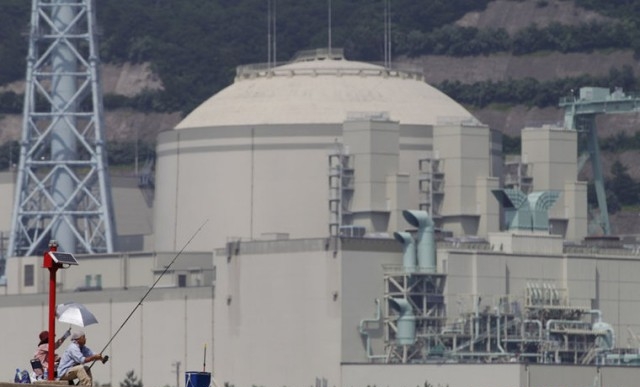
Leakage of about 4 thousand gallons of highly radioactive water through a crack in the bottom of the building, where the spent fuel assemblies were stored. 56 workers were subjected to radioactive irradiation. In total, for the period from January 10 to March 8, 1981, four similar leaks occurred. In emergency recovery work, 278 NPP workers received increased exposure (Let the Facts Speak, 1992).
October 15, 1982. USSR, Medzamor, Armenian NPP
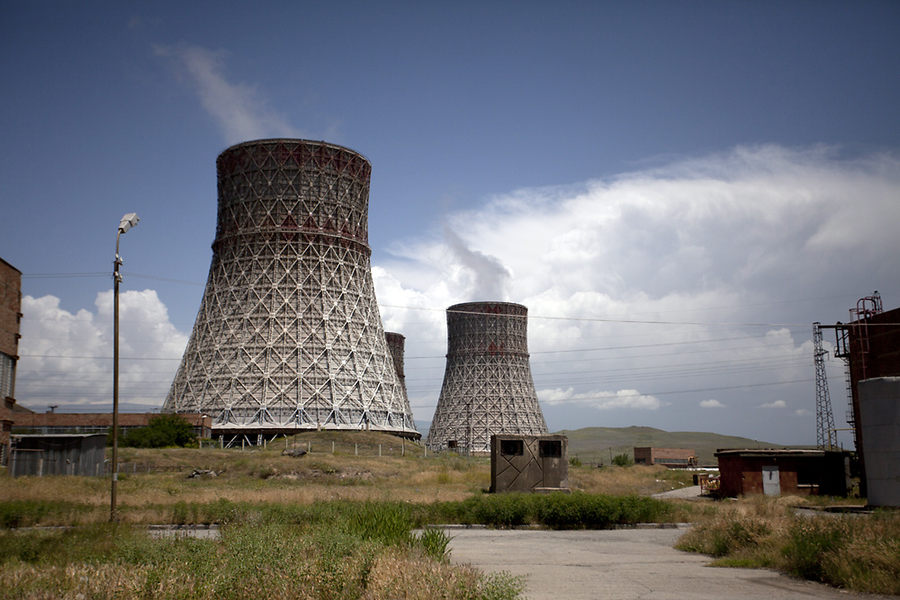
Explosion of the generator at the first power unit of the Armenian NPP. The engine room was seriously damaged by the fire. Most of the personnel left the station in a panic, leaving the reactor unattended. The operational group that arrived from the Kola nuclear power plant helped operators who remained at their workplace to save the reactor (Medvedev, 1989, Calendar of Nuclear Accidents, 1996).
January 27, 1984. USSR, Energodar, Zaporizhzhya NPP
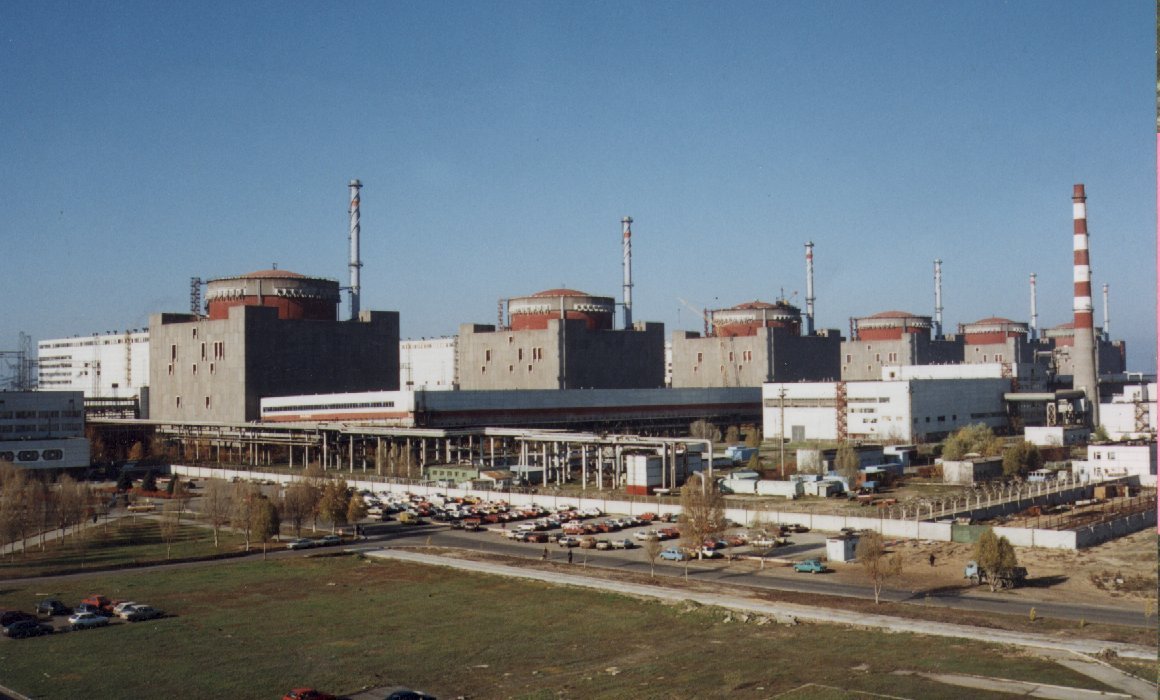
Fire at the first power unit in the period of preparation for launch. After spontaneous combustion of one of the relay blocks, the fire shaft for 18 hours rushed through a 50-meter cable shaft. As it turned out, the cause of the fire was the use of polyvinylchloride insulation at the station, which ignited, melted and, breaking off, set fire to bundles of cables at lower elevations. The entire filling of the mine was burnt: over 4,000 control units, 41 electric motors, 700 kilometers of various cables. After this incident, all the nuclear power units under construction in the USSR began to use a cable only with fireproof insulation (Gayev, 1999).
June 27, 1985. USSR, Balakovo NPP
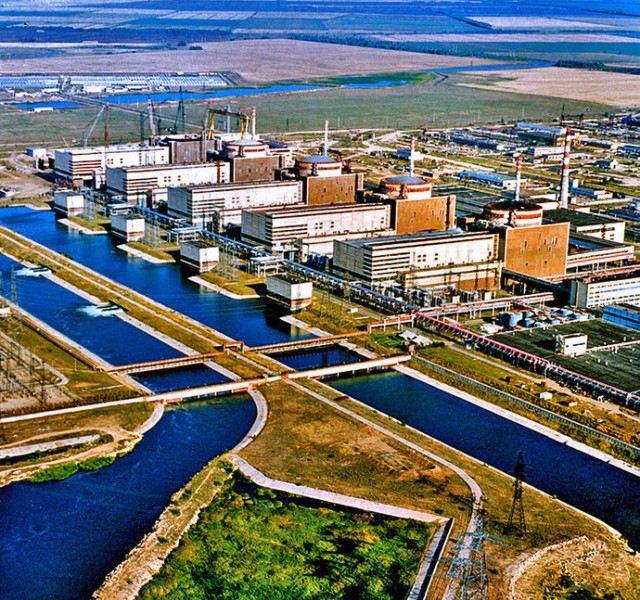
During the "hot run-in" of the first power unit without fuel loading, a pipeline ruptured and a 300-degree steam began to flow into the room where people worked. Killed 14 people. The accident happened due to erroneous actions of inexperienced personnel (Medvedev, 1989; Kuznetsov, 2000).
April 26, 1986. USSR, Ukraine, Kiev region, Pripyat, Chernobyl NPP
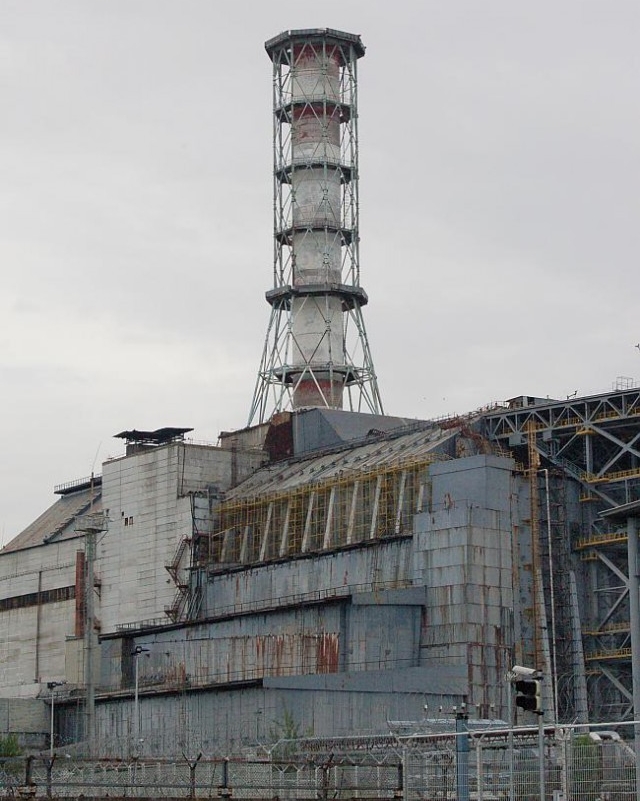
The largest radiation catastrophe in world history (event of the seventh level according to the international scale INES). At 1 hour 23 minutes 49 seconds (Moscow time), during the design tests of one of the security systems, two powerful explosions sounded on the fourth block of the Chernobyl nuclear power plant, which destroyed part of the reactor block and the engine room. The trotyl equivalent of these explosions is estimated at about 100-250 tons of TNT. In the period from April 26 to May 10, 1986, when the destroyed reactor was completely drowned, according to official information about 190 tons (50 mCi) of radioactive substances were released into the atmosphere (about 4 percent of the total fuel activity in the reactor). According to other estimates, from 90 to 100 percent of the fuel was thrown out of the reactor. The territory of 160 thousand square kilometers is polluted. The northern part of Ukraine, the west of Russia and Belarus suffered the most. Radioactive fallout occurred (to some extent) in the territory of 20 states.
From the radiation damage received during the fire extinguishing on the night of the accident, 28 people were killed (6 firefighters and 22 station employees), and 208 patients were diagnosed with radiation sickness. Approximately 400 thousand citizens were evacuated from the disaster zone. In the work to eliminate the consequences of the disaster took part from 600 thousand to 800 thousand people (200 thousand from Russia). According to the UN report, the number of people directly or indirectly affected by the Chernobyl accident is 9 million, of which 3-4 million are children. The catastrophe cost the Soviet Union more than three times more than the total economic effect accumulated as a result of the work of all Soviet nuclear power plants that were operated in 1954-1990 (IAEA, 1986, Hudson, 1990, Nuclear Society of the USSR, 1991, UNSCEAR, 2000, Checherov , 2002).
May 23, 1986. In the same place
A fire at the emergency fourth power unit of the Chernobyl nuclear power plant. The ignition occurred in the area of the main circulation pumps of the block. The dose rate of gamma radiation at this site was 50-200 R / h. Firefighters were brought to the place of fire by armored personnel carriers. Because of high levels of radiation extinguished it in small groups - five people each. The operating time of each of them was not more than 10 minutes. In putting out the fire, which lasted about 8 hours, 268 fire fighters took part. Of these, 11 received radiation doses above 20 P, seven people - from 50 to 100 R (Mikeyev, 2000; 3 archive of the VUCHK-GPU-NKVD-KGB, 2001a).
August 19, 1986. In the same place
The accident that occurred in the immediate vicinity of the fourth emergency power unit of the Chernobyl nuclear power plant is the descent from the rails of a special railway car with spent nuclear fuel. Civilians could not cope with the accident, and for its elimination, soldiers of the USSR Ministry of Defense's troops were involved. Two days later the destroyed railway track was restored. Then, for several hours of dedicated labor of soldiers and officers, a 180-ton nuclear-powered car was put on the railway tracks and taken from the territory of the emergency nuclear power plant. The radiation levels at the work site were 1-1.5 R / h (Shevchenko, 1998).
December 9, 1986. USA, Virginia, Sarri, Sarri NPP
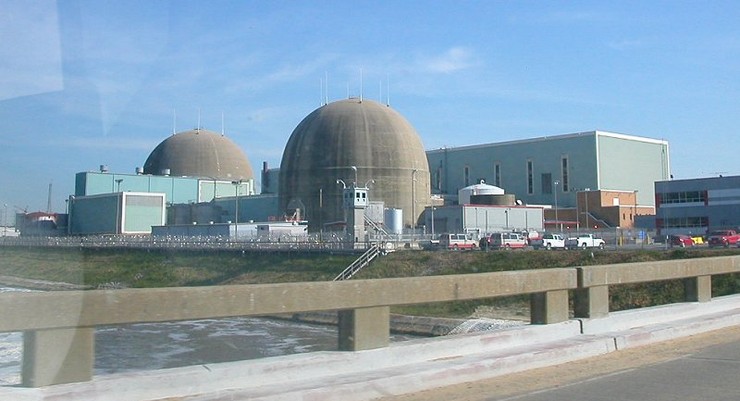
As a result of the breakthrough of the pipeline of the second circuit, 120 cubic meters of superheated radioactive water and steam were emitted. Eight NPP workers fell under a boiling stream. Four of them died from burns. The cause of the accident was the corrosive wear of the pipeline, which led to a reduction in the thickness of the pipe walls (from 12 to 1.6 mm) (Riccio, 1988; List of accidents, 1996).
January 21, 1987. USSR, Sosnovy Bor, Leningrad NPP
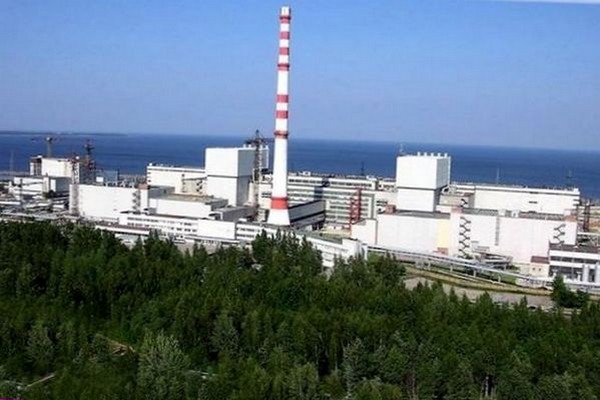
Unauthorized increase in reactor power, which led to the melting of 12 fuel elements, contamination of the cesium-137 core and the release of radioactive substances outside the nuclear power plant (Yablokov, 2000).
October 19, 1989. Spain, Vandellos, Vandellos NPP
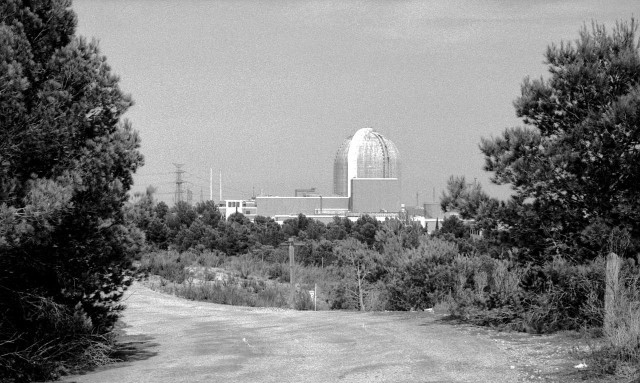
The largest accident in the history of nuclear energy in Spain (event of the third level on the scale INES). Fire at the first power unit of the nuclear power plant. Due to a sudden stop of one of the turbines, overheating and decomposition of the lubricating oil occurred. The resulting hydrogen exploded, which was the cause of the fire of the turbine. As the automatic fire fighting system did not work at the station, fire departments of neighboring cities were also called up, including at a distance of up to 100 kilometers from the nuclear power plant. Fighting fire lasted more than 4 hours. During this time, the power supply systems of turbines and reactor cooling seriously suffered. The firemen working at the station risked their lives. They did not know the location and functions of its facilities, they were not familiar with the plan of emergency actions at the nuclear power plant. Water was used to extinguish electrical systems instead of foam, which could lead to electric shock. In addition, people were not warned about the risk of working in areas with high levels of radiation. So three years after Chernobyl, firefighters, already in another country, became hostages to the dangerous situation at the nuclear power plant. Fortunately, this time none of them strongly suffered (WISE News Communique, 1989).
February 9, 1991. Japan, Honshu, Fukui Prefecture, Mihama NPP
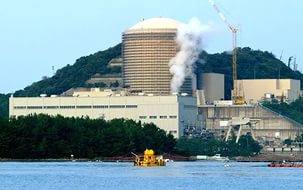
The accident at the nuclear power plant is 320 kilometers north-west of Tokyo. Because of the rupture of the pipe, a leakage of 55 tons of radioactive water from the reactor cooling system of the second power unit occurred. Radioactive contamination of personnel and terrain was not noted, but the incident was considered at that time the most serious accident at Japanese nuclear power plants (Chronology of Accidents, 1999)
October 11, 1991. Ukraine, Kiev region, Pripyat, Chernobyl NPP
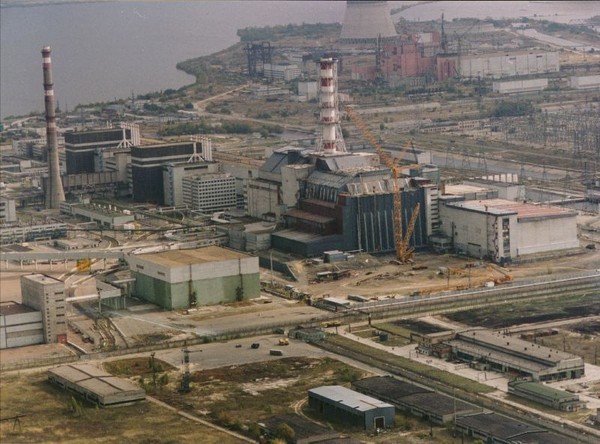
As a result of a short circuit in the electric cable, a fire occurred in the engine room of the second power unit. As in the case of the accident at the fourth block of the Chernobyl nuclear power plant in April 1986, the development of the fire stimulated the use of combustible materials in its construction: thermoplastic concrete, ruberoid and bitumen. Nine roof spans were destroyed, turbine equipment was disabled (Yablokov, 2000).
December 22, 1992. Russia, Sverdlovsk region, Zarechny settlement, Beloyarsk NPP
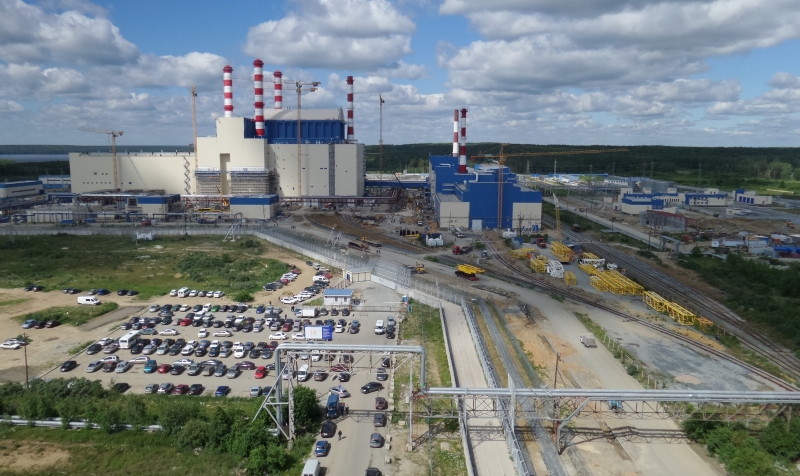
Accident when pumping liquid radioactive waste to special water treatment Due to the negligence of the staff, the pump maintenance room was flooded, and then about 15 cubic meters of radioactive waste flowed through a special drainage network into the cooling pond. The total activity of cesium-137, which got into it, is 6 mCi. Incident of the third level according to the international scale INES (Kuznetsov, 2000).
2 February 1993. Russia, Murmansk region, pos. Polar Zori, Kola NPP
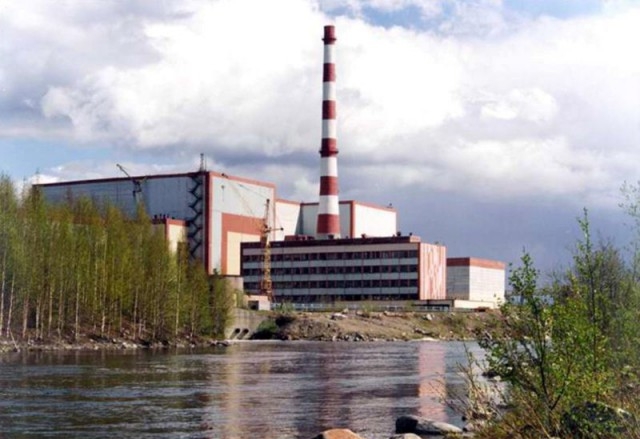
During the hurricane, high voltage power transmission lines were damaged in the Kolenergo power system and the external power sources of the Kola NPP were lost. Station personnel were not able to launch emergency diesel units of the first and second power units. Within 1 hour and 40 minutes these blocks were left without energy (Industry Report, 2001).
July 25, 1996. Ukraine, Neteshin, Khmelnitsky NPP
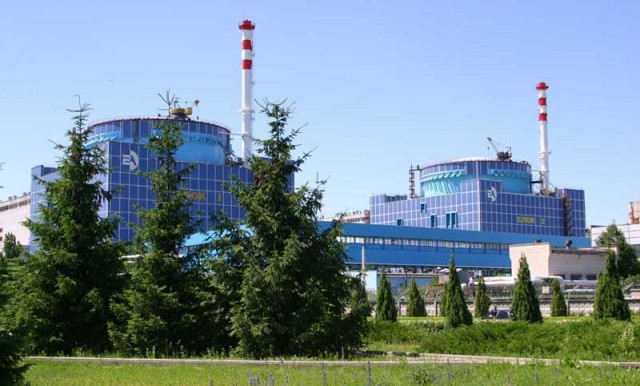
Accident of the third level on the scale INES. There was a release of radioactive products into the premises of the station. One person died (List of nuclear accidents, 2004).
April 10, 2003. Hungary, Paks, NPP "Paks"
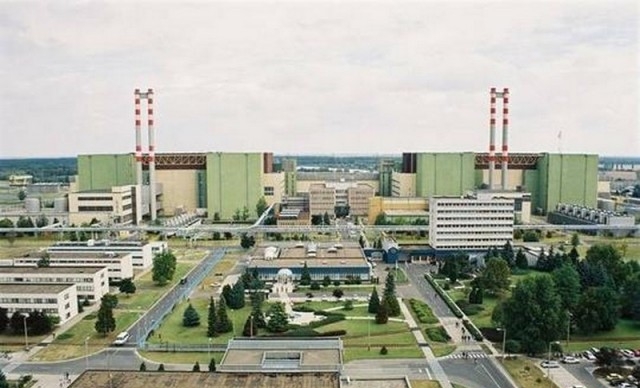
During routine maintenance work at the second power unit of the nuclear power plant, inert radioactive gases and radioactive iodine were released into the atmosphere. The reason is damage to fuel assemblies during chemical cleaning of their surfaces in a special container. A third-level accident on the INES scale (Reuters, 2003; Accidents at nuclear power plants, 2005).
July 4, 2003. Japan, Fukui Prefecture, Fugen Nuclear Complex
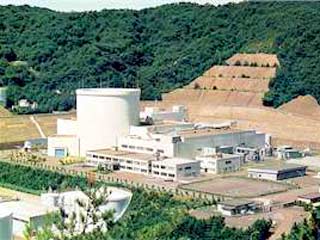
At the plant for the processing of radioactive waste of the nuclear complex, an explosion occurred 350 kilometers west of the city of Tokyo, which caused a fire. An experimental nuclear reactor with a capacity of 165 MW, muffled in March 2003, this incident was not affected (Accidents at nuclear power plants, 2005).
May 20, 2004. Russia, Leningrad Region, Sosnovy Bor, Leningrad NPP
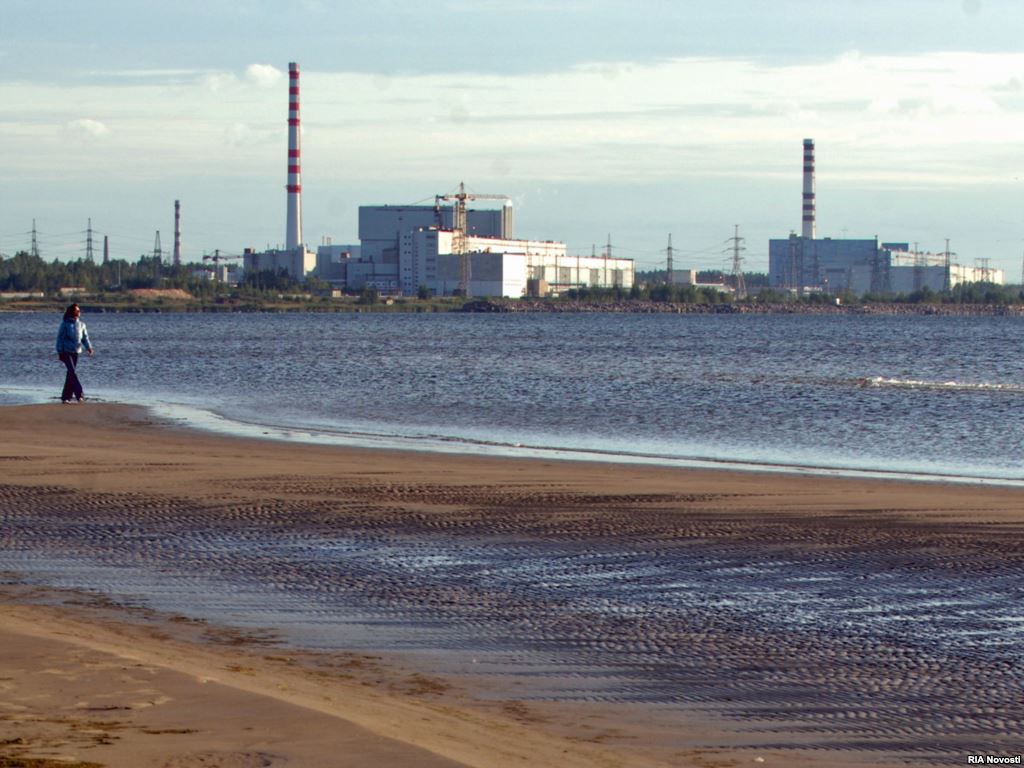
Emergency stop of the reactor of the fourth power unit of the nuclear power plant and release of radioactive vapor. The reason is unauthorized pressing of the emergency button in the operating room of the fourth power unit. There were no injured; For 2 hours the cloud of steam moved towards the settlement of Kaporye (Accidents at nuclear power plants, 2005).
August 9, 2004. Japan, Honshu, Fukui Prefecture, Mihama NPP
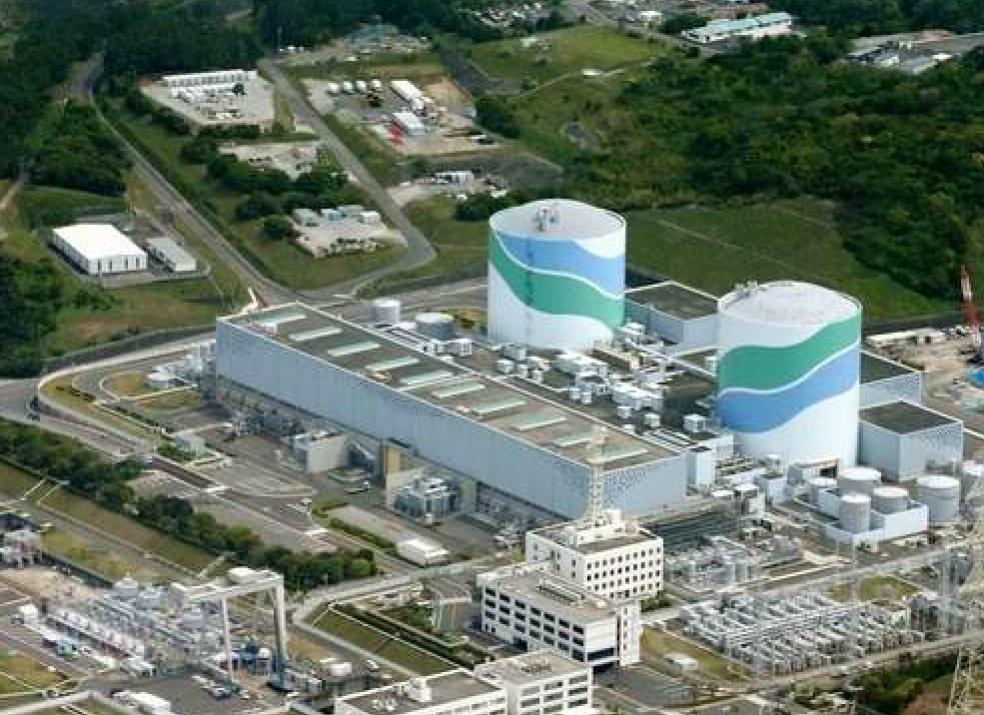
An accident at a nuclear power plant located 320 kilometers west of Tokyo. From the broken pipe of the second circuit of the cooling system of the third power unit, a jet of steam with a temperature of 270 ° escaped and scorched the workers who were in the turbine hall. Four people were killed, 18 - seriously injured (lzvestia.ru, 2004; RBC.ru, 2004).
August 25, 2004. Spain, Vandellos, Vandellos NPP
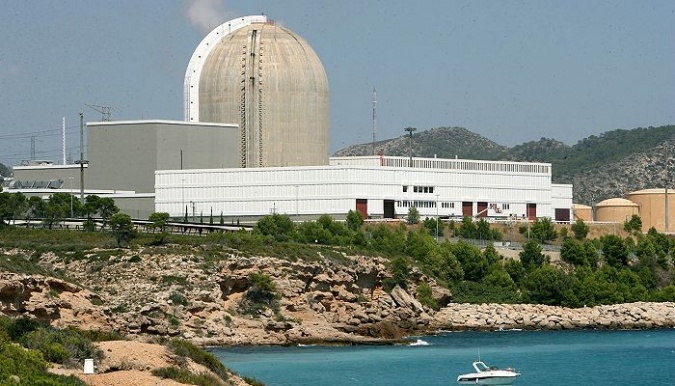
Large leakage of radioactive water from the cooling system of the reactor of the second power unit of nuclear power plants. According to the Spanish Council on Radiation Safety, this is the most serious accident at this nuclear power plant since the fire in 1989
Fukushima March 11, 2011
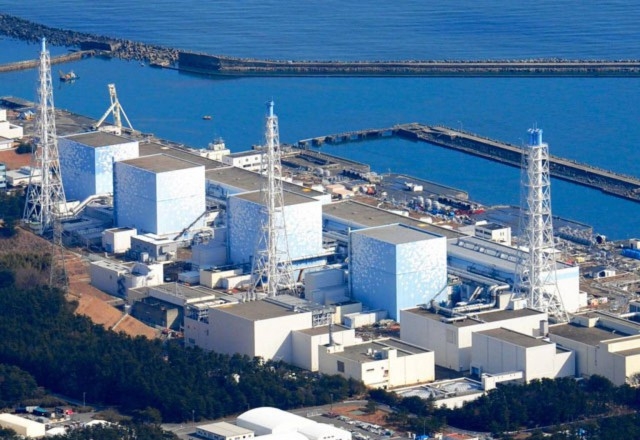
The accident at the Fukushima-1 nuclear power plant is a major radiation accident of the maximum 7th level according to the International scale of nuclear events, which occurred on March 11, 2011 as a result of the strongest earthquake in Japan and the tsunami that followed it. The earthquake and tsunami hit destroyed external power supplies and backup diesel generators, which caused the inoperability of all normal and emergency cooling systems and led to the meltdown of the reactor core at power units 1, 2 and 3 in the early days of the accident. A month before the accident, the Japanese agency approved the operation of the power unit No. 1 for the next 10 years.
In December 2013 the plant was officially closed. On the territory of the station, work is continuing to eliminate the consequences of the accident. Japanese nuclear engineers estimate that bringing the object to a stable, safe state can require up to 40 years.
Financial damage, including the cost of liquidation of consequences, costs for decontamination and compensation, is estimated at $ 100 billion. Since the work to eliminate the consequences will take years, the amount will increase.


Comments
When commenting on, remember that the content and tone of your message can hurt the feelings of real people, show respect and tolerance to your interlocutors even if you do not share their opinion, your behavior in the conditions of freedom of expression and anonymity provided by the Internet, changes Not only virtual, but also the real world. All comments are hidden from the index, spam is controlled.